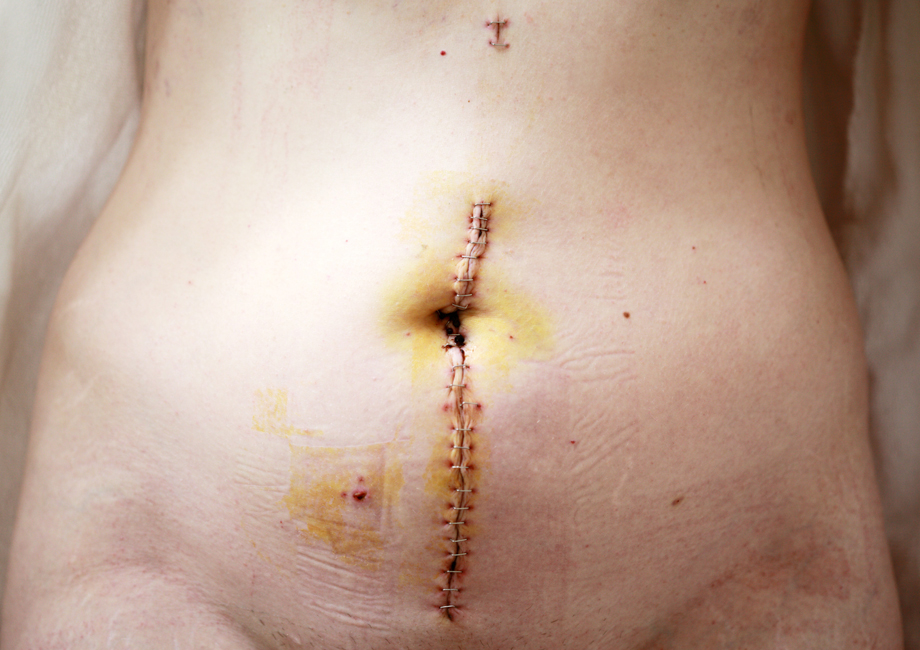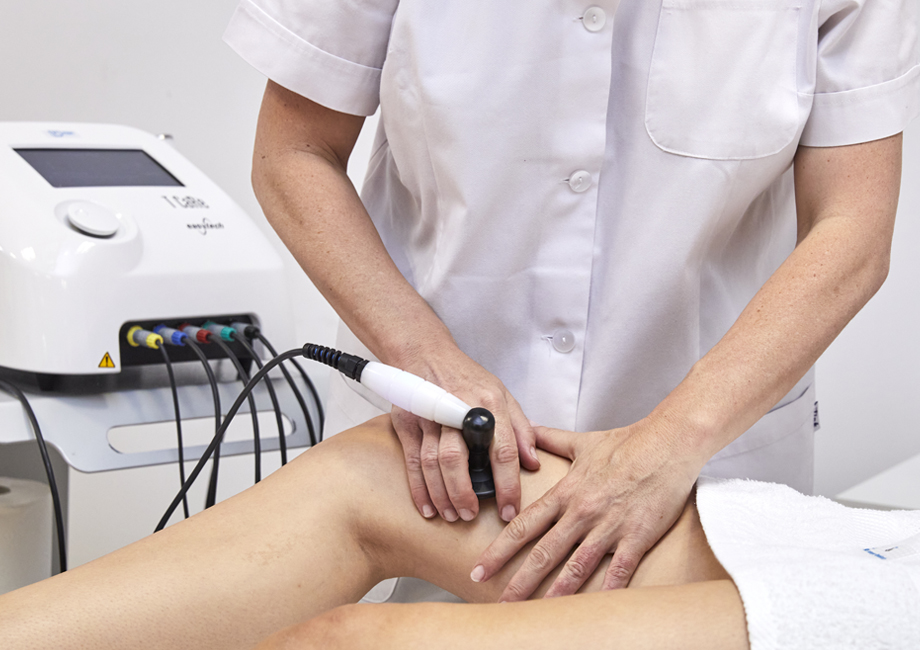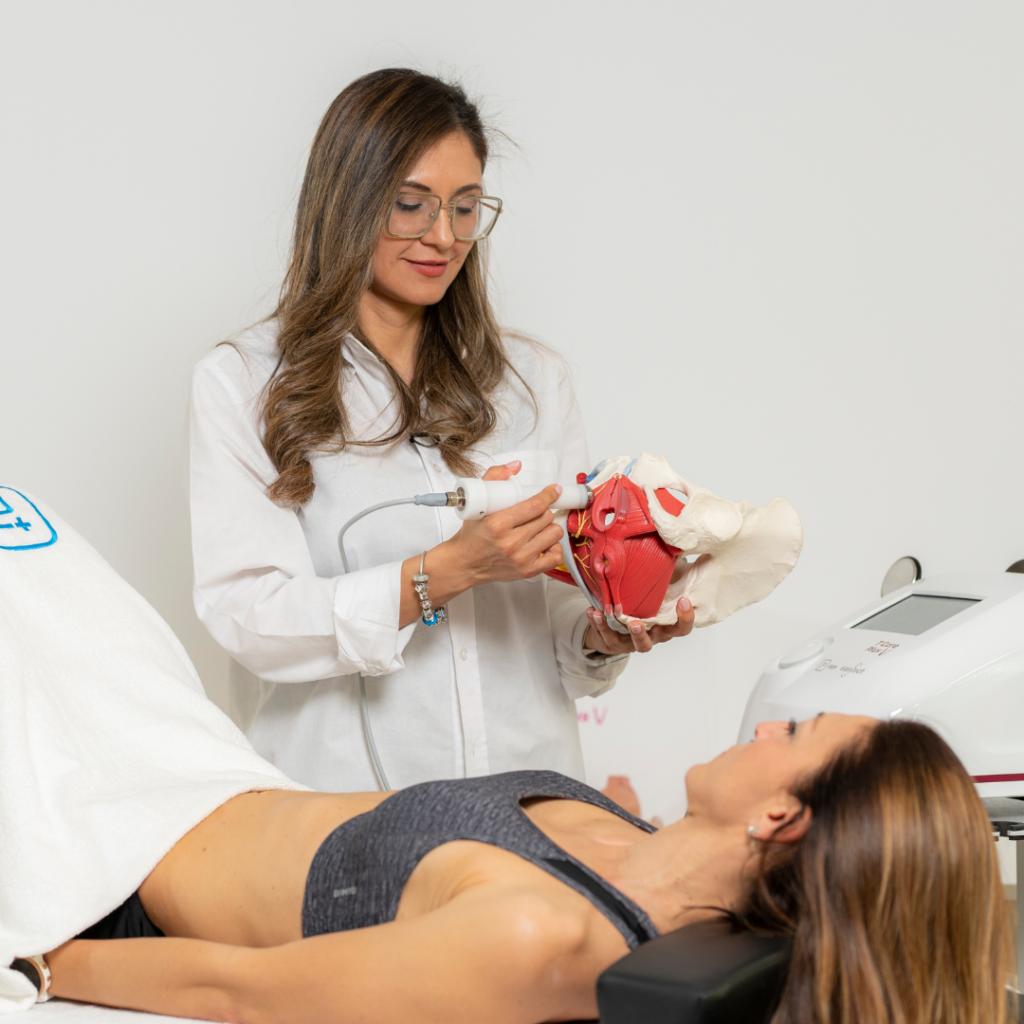
What is a scar?
A scar is the body’s natural response to traumas resulting from surgical incisions, stab wounds, muscle injuries or burns.
The final stage of the scarring process depends on a series of factors, some of which are connected to the patient and his medical history: for instance, age, previous diseases like diabetes and cardiovascular diseases, smoking, or nutritional habits are all factors which affect the normal carrying out of the scarring process.
Moreover, local factors such as the position and dimension of the wound should be taken into consideration as well.
Stages and possible issues arising during the healing process
Scarring does not end at the closure of the wound; in fact, the healing process continues within the tissues throughout the following stages:
- Hemostasis
- Inflammation
- Proliferation
- Remodeling
- Contraction
When, in each of the stages the production of fibroblasts is balanced, a normal scar is produced, i. e., one which is smooth and without the presence of any cutaneous annexes. However, when these conditions are not met, a scar of the following type manifests:
- Hypertrophic
- Atrophic
- Cheloid
How does tecar therapy come into play?
Is it possible to foster the natural healing process with tecar therapy, and if yes, how?
The answer is yes, by stimulating the regeneration and consequently reducing the healing process timeframe, scarring can certainly be fostered. Tecar therapy helps avoiding an excessive production or a significant reduction of fibroblasts, therefore avoiding the formation of fibrosis and adhesions.

How to intervene?
Depending on the location of the wound, a different method must be selected by the practitioner to favor a more correct scarring process. Note that other factors as well should be taken into consideration such as the timeframe and the depth of the wound.
In case of open wound, electrodes should be positioned in a parallel way to the cut.
That is, we should work our way around the wound without touching it, so that the electric current which passes through the tissues can favor the natural regeneration process.
However, in the case of an old scar, it might be best to take the depth of the wound into consideration first. For instance, the treatment performed on a cesarean scar should not be the same as that performed on a lower limb wound.
In fact, bipolar electrodes might be more suited for the execution of a more superficial type of treatment, while monopolar ones might be more suited to work the deeper tissues.
Finally, we suggest not performing hyperthermia on scars. In most cases, we will be working with a soft thermal sensation in the first stages of the healing process. Then, as we go by, the thermal sensation will be turned on to 40 degrees, at the same time maintaining a pleasurable and never uncomfortable experience for the patient.











